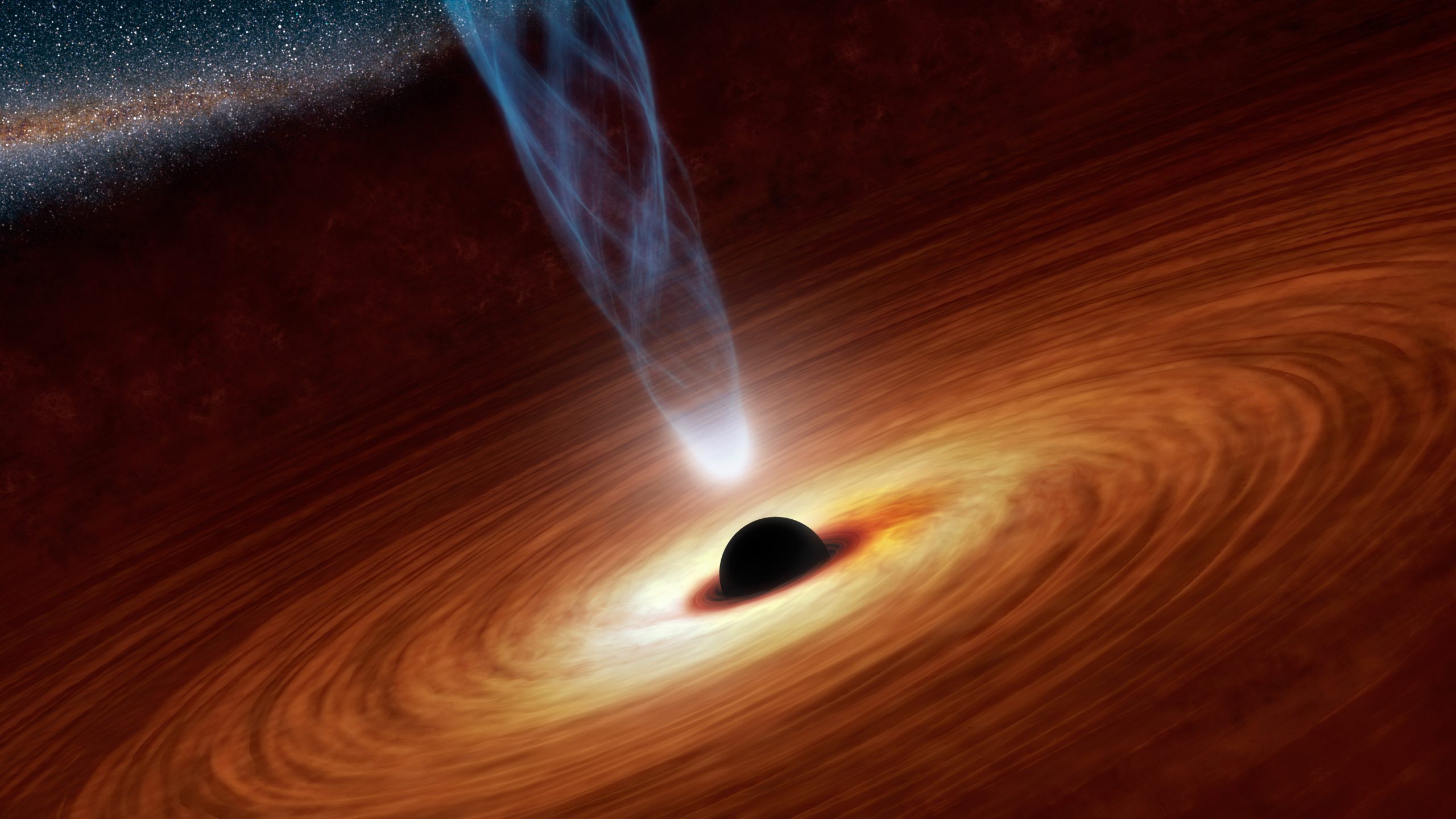Astrophysics, a captivating branch of science, delves into the mysteries of the universe, unraveling its secrets from the grandeur of galaxies to the enigmatic depths of black holes. Through the lens of astrophysics, we embark on a journey of discovery, exploring celestial phenomena that continue to captivate and astound us.
Introduction to Astrophysics
What is Astrophysics?
Astrophysics is the branch of astronomy that employs the principles of physics and chemistry to understand the nature of celestial objects and the universe as a whole. It seeks to explain the origin, evolution, and behavior of astronomical phenomena through rigorous scientific inquiry.
Why is it important?
Astrophysics not only satisfies our innate curiosity about the cosmos but also contributes to fundamental scientific knowledge. By studying the universe, astrophysicists gain insights into the laws of physics and the forces shaping our existence.
Exploring the Universe
Galaxies: The Building Blocks of the Universe
Galaxies are vast assemblies of stars, planets, dust, and dark matter bound together by gravity. They come in various shapes and sizes, ranging from spiral and elliptical to irregular formations. Understanding galaxies provides crucial clues about the evolution of the universe itself.
Stars: The Engines of the Cosmos
Stars, born from the gravitational collapse of molecular clouds, are the primary sources of light and energy in the universe. Through nuclear fusion, they convert hydrogen into helium, releasing immense amounts of energy in the process. Stars vary in size, temperature, and lifespan, offering astronomers a diverse array of celestial objects to study.
Planets and Exoplanets: Worlds Beyond Our Own
Planets orbiting stars represent the cosmic tapestry of diverse environments and conditions. Our solar system alone hosts a myriad of worlds, each with its unique features and characteristics. The discovery of exoplanets planets orbiting distant stars—has expanded our understanding of planetary systems and the potential for life beyond Earth.
Understanding Black Holes
What are Black Holes?
Black holes are regions of spacetime where gravity is so intense that nothing, not even light, can escape their gravitational pull. They form from the remnants of massive stars undergoing gravitational collapse. Despite their invisibility, black holes exert a profound influence on their surroundings.
Formation and Types of Black Holes
Black holes can form through various mechanisms, including stellar collapse, supernova explosions, and the mergers of other black holes. They come in different sizes, ranging from stellar-mass black holes to supermassive black holes found at the centers of galaxies.
Properties and Characteristics
Black holes possess unique properties, such as the event horizon a boundary beyond which no information or matter can escape—and the singularity a point of infinite density at the heart of a black hole. Studying these enigmatic objects provides insights into the fundamental nature of spacetime and the extremes of gravity.
The Role of Astrophysics in Modern Science

Contributions to Cosmology
Astrophysics plays a central role in cosmology, the study of the origin, evolution, and eventual fate of the universe. By analyzing cosmic microwave background radiation, the distribution of galaxies, and the large-scale structure of the cosmos, astrophysicists have developed theories to explain the universe’s past, present, and future.
Advancements in Technology
The pursuit of astrophysical research has driven technological innovations with far-reaching applications. From telescopes and detectors to spacecraft and data analysis tools, these advancements not only expand our observational capabilities but also benefit fields such as medicine, communications, and materials science.
Impact on Our Understanding of the Universe
Astrophysics has reshaped our understanding of the universe, challenging conventional wisdom and inspiring new avenues of exploration. Through theoretical modeling, observational studies, and interdisciplinary collaboration, astrophysicists continue to push the boundaries of human knowledge, unlocking the mysteries of the cosmos.
Challenges and Mysteries
Dark Matter and Dark Energy
Dark matter and dark energy constitute the majority of the universe’s mass-energy content, yet their nature remains elusive. Astrophysicists are actively researching these enigmatic phenomena, seeking to uncover their properties and role in shaping the cosmos.
Unanswered Questions in Astrophysics
Despite remarkable progress, astrophysics is replete with unanswered questions and unresolved mysteries. From the nature of time and space to the existence of extraterrestrial life, the cosmos continues to intrigue and confound us, spurring further exploration and discovery.
Conclusion
Astrophysics stands at the forefront of scientific inquiry, offering a window into the vastness and complexity of the universe. From the majestic beauty of galaxies to the profound mysteries of black holes, the wonders of astrophysics inspire awe and wonder, reminding us of humanity’s enduring quest for knowledge and understanding.
FAQs
What is the difference between astronomy and astrophysics?
Astronomy focuses on the observation and study of celestial objects and phenomena, while astrophysics employs the principles of physics to understand the underlying mechanisms and processes driving those phenomena.
Can black holes die?
While black holes themselves do not die in the conventional sense, they can lose mass and eventually evaporate through a process known as Hawking radiation, predicted by physicist Stephen Hawking.
How do astrophysicists study distant galaxies?
Astrophysicists use a variety of observational techniques, including telescopes operating across different wavelengths of light, spectroscopy to analyze the chemical composition of stars and galaxies, and computer simulations to model cosmic phenomena.
Is there a limit to the size of a black hole?
Theoretically, black holes can grow to immense sizes, with supermassive black holes found at the centers of galaxies containing millions or even billions of times the mass of our sun.
What are some potential applications of astrophysical research on Earth?
Astrophysical research has led to advancements in areas such as imaging technology, materials science, and data analysis techniques, with practical applications in medicine, telecommunications, and environmental monitoring.




